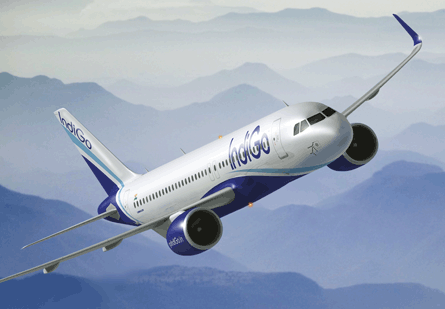Airbus has laid out preliminary details of a gradual migration plan between production of its baseline A320 twinjet and the re-engined A320neo, which will become available from early 2016.
The A320 is to undertake a two-stage evolution, initially being produced with "sharklet" winglets from 2012 before a further development will lead to the A320neo coming off the line four years later.
Airbus says that the A320neo will have an increase of around 400kg (880lb) in weight compared with a sharklet-equipped A320 in 2016.
 |
|---|
© Tim Bicheno-Brown/Flightglobal |
This increase will be the result of strengthening the centre wing box and the wing itself - which together will account for 200kg - plus possible changes to the landing gear, which the airframer has yet to finalise, which it says would amount to less than 100kg.
Airbus adds that the remaining difference will be taken up by a little over 100kg in modifications to the airframe and systems.
But while Airbus intends service entry in early 2016 - a timescale which has not changed, although the airframer says it would like the twinjet to be available to customers "as soon as possible" - it will also still be producing baseline A320s under its current backlog.
"Customers taking delivery of an A320 in 2016 will not be taking delivery of the reinforced airframe that the customers taking delivery of an A320neo in 2016 will get," says Airbus.
"We plan that the [A320neo] ramp-up and today's A320 ramp-down will be a continuous market-driven process, albeit in steps."
Airbus will gradually migrate production tooling and jigs from the A320 family to the A320neo family.
"To ensure the most efficient production we may choose to standardise certain individual parts on the A320neo standard from a point in time, if the weight impact is insignificant."
Airbus says the A320neo is "95% common" with the current A320, but has already insisted that it will not be entertaining order conversions between them.
Sharklet winglets will become available on the A321 and A319 from 2013 while production of the A321neo and A319neo will follow in six-month stages behind the A320neo.
Source: Flight International























